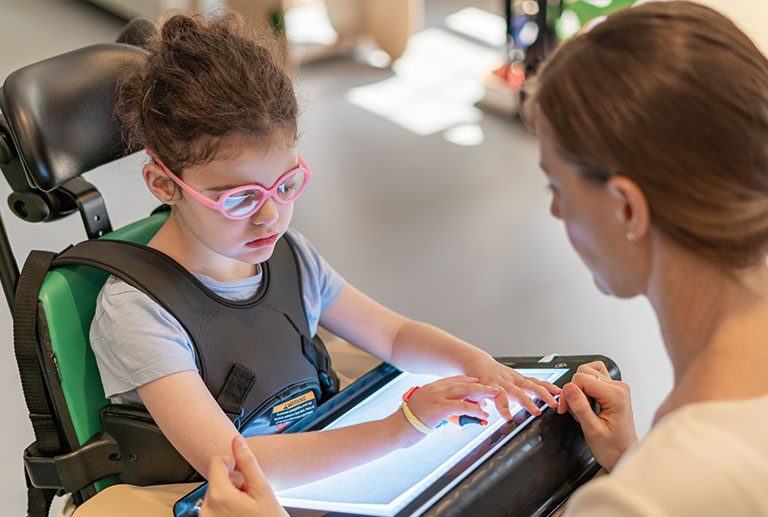Child occupational therapy is a vital component in supporting the developmental journey of children with various challenges. It focuses on improving a child’s ability to perform everyday activities, from self-care to play and learning, which are essential for their overall growth and well-being. The child occupational therapy is not just about improving physical abilities but also about nurturing a child’s cognitive, sensory, and emotional skills to ensure they thrive in their daily lives.
Understanding the role of child occupational therapy
Occupational therapists (OTs) play a key role in helping children overcome obstacles that may affect their ability to participate fully in daily activities. These therapists work with children who may have developmental delays, sensory processing issues, physical disabilities, or cognitive impairments. The goal is to allow children to engage in activities that are meaningful and necessary for their independence and quality of life.
Assessment and individualized planning
The process begins with a thorough assessment of the child’s needs. This involves evaluating their physical abilities, cognitive skills, sensory processing, and emotional well-being. Based on this assessment, the occupational therapist creates an individualized therapy plan tailored to the child’s specific needs and goals. This plan addresses areas where the child may need support, such as fine motor skills, hand-eye coordination, or sensory integration.
Skill development and improvement
A significant part of child occupational therapy is focused on developing and improving skills that are important for daily functioning. For instance, therapists work on improving a child’s ability to dress themselves, feed themselves, and use the toilet independently. They also help children develop better hand-eye coordination and fine motor skills through various activities and exercises.
Sensory integration therapy
Many children face challenges with sensory processing, which can affect how they respond to different stimuli in their environment. Occupational therapists use sensory integration techniques to help children manage their sensory responses better. This may include activities designed to help them become more comfortable with different textures, sounds, or visual stimuli.
Supporting emotional and social development
Along with physical and sensory skills, occupational therapy also addresses emotional and social development. Therapists work with children to build confidence, improve social interactions, and manage emotions effectively. By creating a supportive environment, they help children develop the skills needed to interact positively with peers and adapt to social situations.



